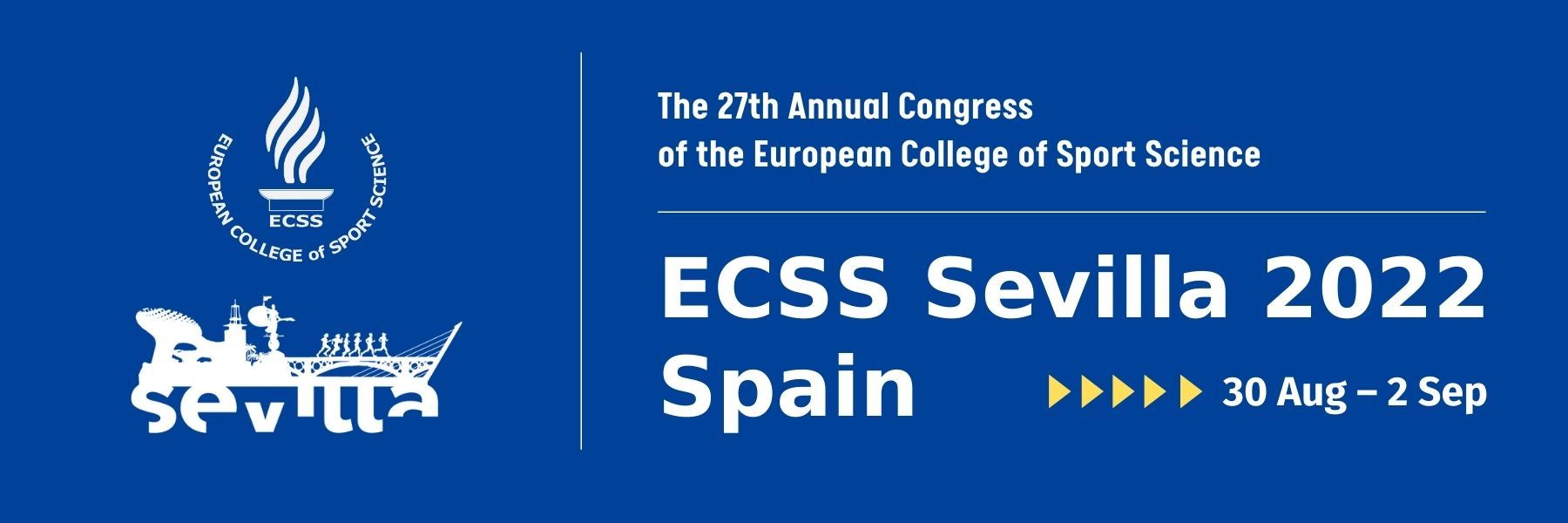Scientific Programme
Sports and Exercise Medicine and Health
OP-MH15 - Ageing I
Date: 03.07.2025, Time: 17:00 - 18:15, Session Room: Ponte
Description
Chair
TBA
TBA
TBA
ECSS Paris 2023: OP-MH15
Speaker A
TBA
TBA
TBA
"TBA"
TBA
Read CV TBA
ECSS Paris 2023: OP-MH15
Speaker B
TBA
TBA
TBA
"TBA"
TBA
Read CV TBA
ECSS Paris 2023: OP-MH15
Speaker C
TBA
TBA
TBA
"TBA"
TBA
Read CV TBA
ECSS Paris 2023: OP-MH15

